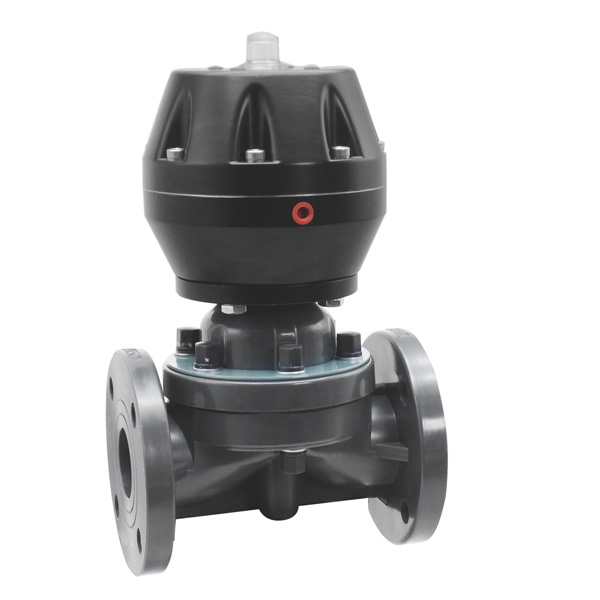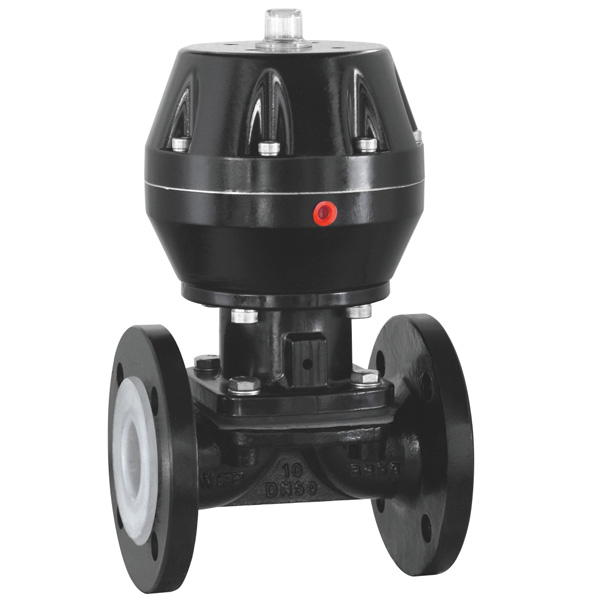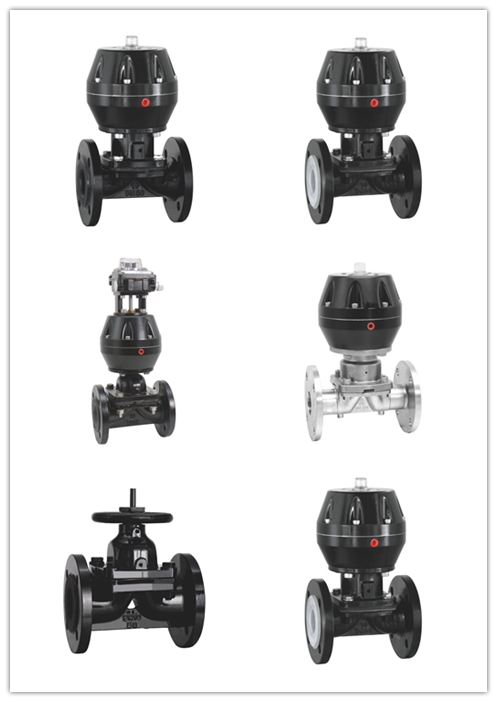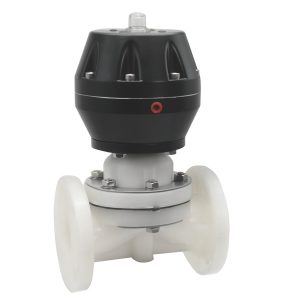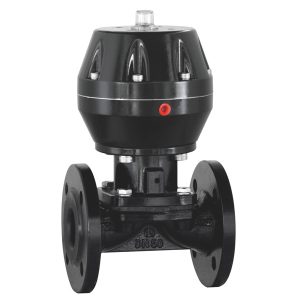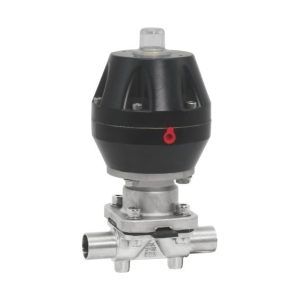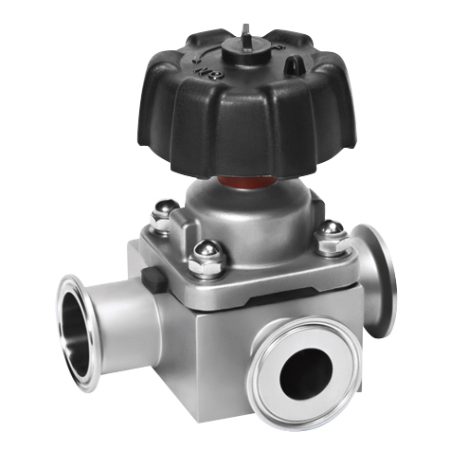Description
Pneumatic diaphragm valves, trusted by leading diaphragm valve manufacturers, offer precision and reliability for various industries. Designed for sanitary applications, they are available with Stainless Steel, WCB+PFA, or PTFE bodies, EPDM or EPDM+PTFE diaphragms, and PTFE/RPTFE seats. Suitable for 3 way configurations, these valves feature flange connections (ASME B16.34 class 150, PN10, PN16) and sizes ranging from 1/2″ to 8″ (15mm–200mm). Equipped with a diaphragm valve pneumatic actuator
| Body | Stainless steel,CF8,CF8M,CF3M WCB+ EPDM | |
| Diaphragm Material | EPDM, EPDM+PTFE | |
| Size | 1/2”~8” DN15-DN200 | |
| Seat | PTFE,RPTFE | |
| Connection | Flange, ASME B16.34 class 150, PN10, PN16 | |
| Actuator material | Aluminum Alloy | |
| Pressure | PN10 | |
| Air supply pressure | 5.5bar | |
| Pneumatic Actuator | Double acting,Single acting normally closed, acting,Single normally open | |
| Option | solenoid valve,?limit switch box?, filter, E/P positioner, hand wheel | |
FAQ
What are pneumatic diaphragm valves, and why are they used in the chemical industry?
Pneumatic diaphragm valves are control valves that use compressed air to operate a flexible diaphragm to regulate flow. They are widely used in the chemical industry due to their ability to handle highly corrosive media like acids and alkalis. Their design ensures minimal contamination and excellent resistance to aggressive chemicals, making them ideal for demanding environments.
How do pneumatic diaphragm valves provide corrosion resistance?
These valves are constructed from materials that excel in resisting corrosion. Bodies are often available in Stainless Steel, WCB lined with PFA, or PTFE, while diaphragms are made from EPDM or EPDM+PTFE. Their PTFE and RPTFE seats provide an additional layer of protection, ensuring long-term durability even in harsh acid and alkali environments.
What are the advantages of using pneumatic diaphragm valves for acid and alkali media?
The primary advantages include excellent chemical resistance, leak-proof sealing, and ease of maintenance. These valves also offer reliable automation through a pneumatic actuator, ensuring precise control over processes. Their corrosion-resistant materials extend valve life and reduce the risk of equipment failure or downtime in highly aggressive chemical applications.
How do pneumatic diaphragm valves compare to other types of valves in corrosive applications?
Compared to other valve types, pneumatic diaphragm valves are specifically engineered for handling corrosive media without compromising performance. For instance, ball or gate valves may struggle with sealing or corrosion in highly acidic or alkaline conditions, whereas diaphragm valves provide superior sealing and resistance. Their non-metallic lining options, such as PFA or PTFE, and advanced diaphragms make them the preferred choice for chemical applications.


